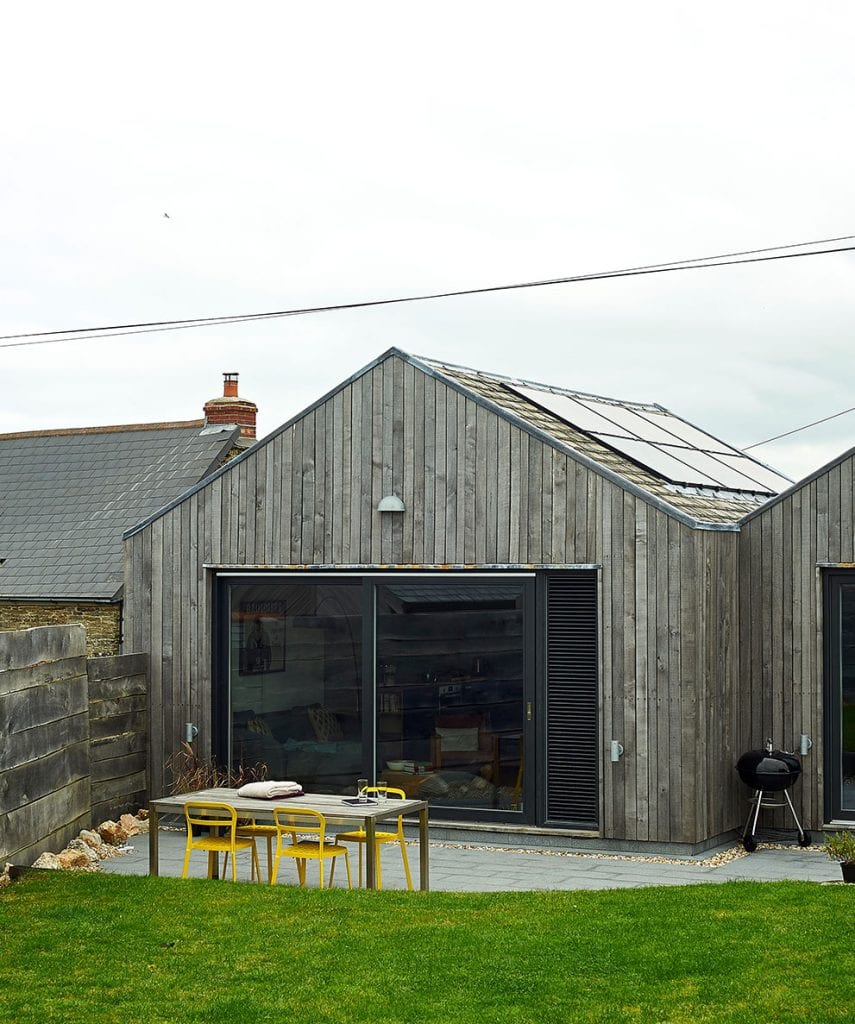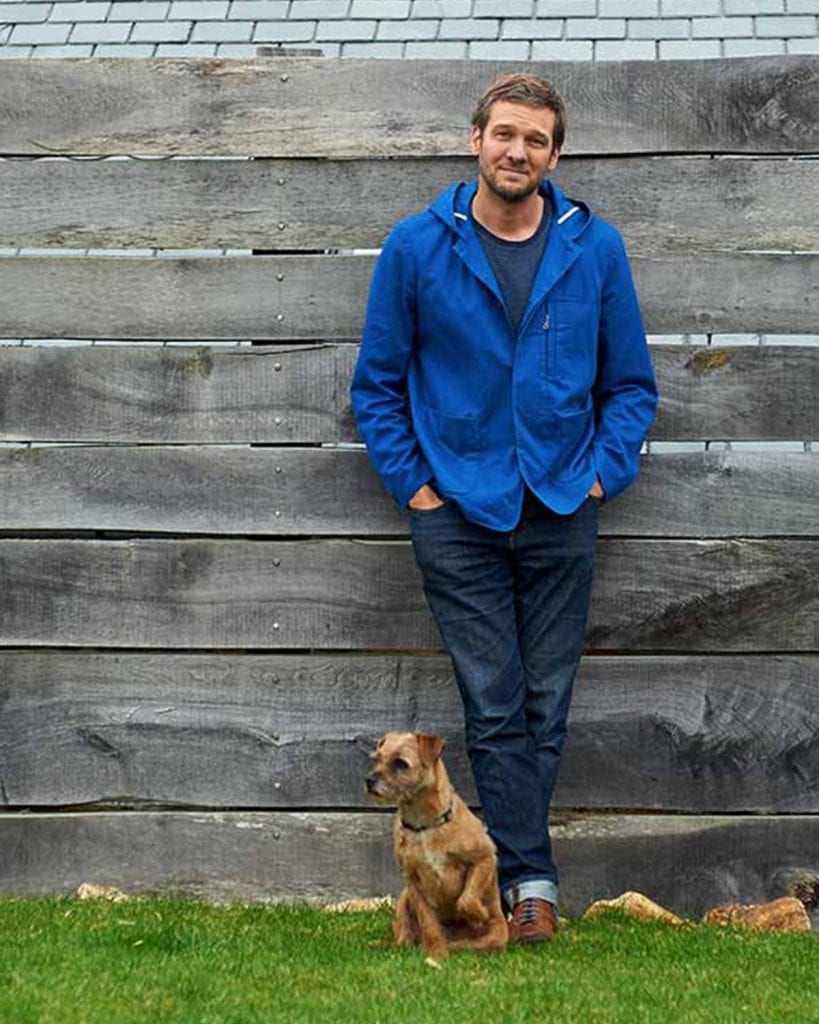Charlie is best known for the TV programme ‘Homes by the Sea’ but he also runs his own architecture practice, Charlie Luxton Design. He lives in Cornwall, with his wife, two children and his dog. To help us make our homes more sustainable, Architectural Designer Charlie Luxton shares his simple sustainable tips, and longer-term advice on how we can all be a little greener at home.
Simple Sustainable Tips
Here’s a look at Charlie Luxton’s simple sustainable tips for anyone looking to make their home more eco-efficient and greener for the planet.

- Switch Your Energy Provider: Switch to an energy provider with electricity backed by 100% renewable sources like E.ON3
- Improve Your Lighting: LED bulbs are available for a wide range of light fittings and they no longer give a cold harsh light. Every one of your bulbs should be replaced with an LED bulb (unless your lighting fixture says you shouldn’t) as they are more energy efficient and help you save on your energy bills… but be sure to turn off the lights when not in use.
- Reduce Your Water Usage: Think about changing your showerhead to a low flow aerating one. These add air into the water flow and can significantly reduce the amount of water used in a shower without impacting on your enjoyment. To also help reduce water waste at home change your loo cistern to a low flush version or if you have an older loo you can retrofit a dual flush
- Monitor Your Energy Consumption: Install a smart meter. They come with an in-home display that shows you how much energy you’re using. This is a great way to track your energy so you can adapt and become more efficient. Be warned – watching the little screen can become addictive!
“89% of prospective homeowners have become more interested in finding homes with sustainable solutions, such as solar panels and efficient boilers over having a garden, en-suite bathroom and a walk in wardrobe”
New research from Renewable Energy company E.ON revealed.
Longer Term Sustainable Tips:
Here are my favourite insulation tips when renovating a house and a few things to consider:
- Insulation is important: It is important to have the right insulation to ensure you are effectively heating your home year-round. In a typical home the biggest area of heat loss is through the walls. By insulating externally or internally – either of which may have a slight impact on the size of some rooms – you will transform the warmth and comfort of your home.
- Choose The Right Loft Insulation: 300mm of loft insulation is a great starting point – this is a cheap and easy solution to efficiently retaining warmth
- Wall Insulation Matters: Modern houses may have 50mm of insulation, but at least 100mm of wall insulation is optimum

- Windows: If you’re replacing windows go for high performance triple glazing where possible. These will help to insulate your home, be draught free and will feature noise reduction qualities
- Think Solar: To generate low carbon energy for your home, consider installing solar PV (photovoltaics) panels on your roof. Solar panels use the sun’s energy to power your home, helping you to be more sustainable while also helping the planet. They are especially useful if you are planning on investing in an electric vehicle or home battery storage
- Boilers: If your boiler is over 12 years old, it is likely time to consider a replacement. New boilers are much more energy efficient, meaning there is less waste coming from your home – benefitting the planet and your wallet.
- Cracks & Seals: Seal up all the unwanted cracks and holes in your home, as this is the next largest culprit of heat loss. Look around windows, doors, floors walls and roofs – these are key areas that need to be sealed to maintain proper levels of ventilation. To create an even healthier home, you could consider installing a Mechanical Ventilation Heat Recovery (MVHR) to clean pre-warmed air to your living spaces and extract any stale or damp air
At this point your home should be a more affordable, warmer healthier place to live (what’s not to like?). Being sustainable and energy efficient can be done with both big and small changes.
Now is the time to start on the journey to making your home a green healthy living machine. For more info visit Charlie Luxton’s Sustainable Home.
(Images via Habitat)




